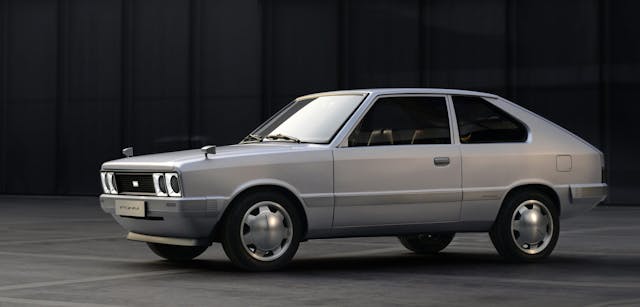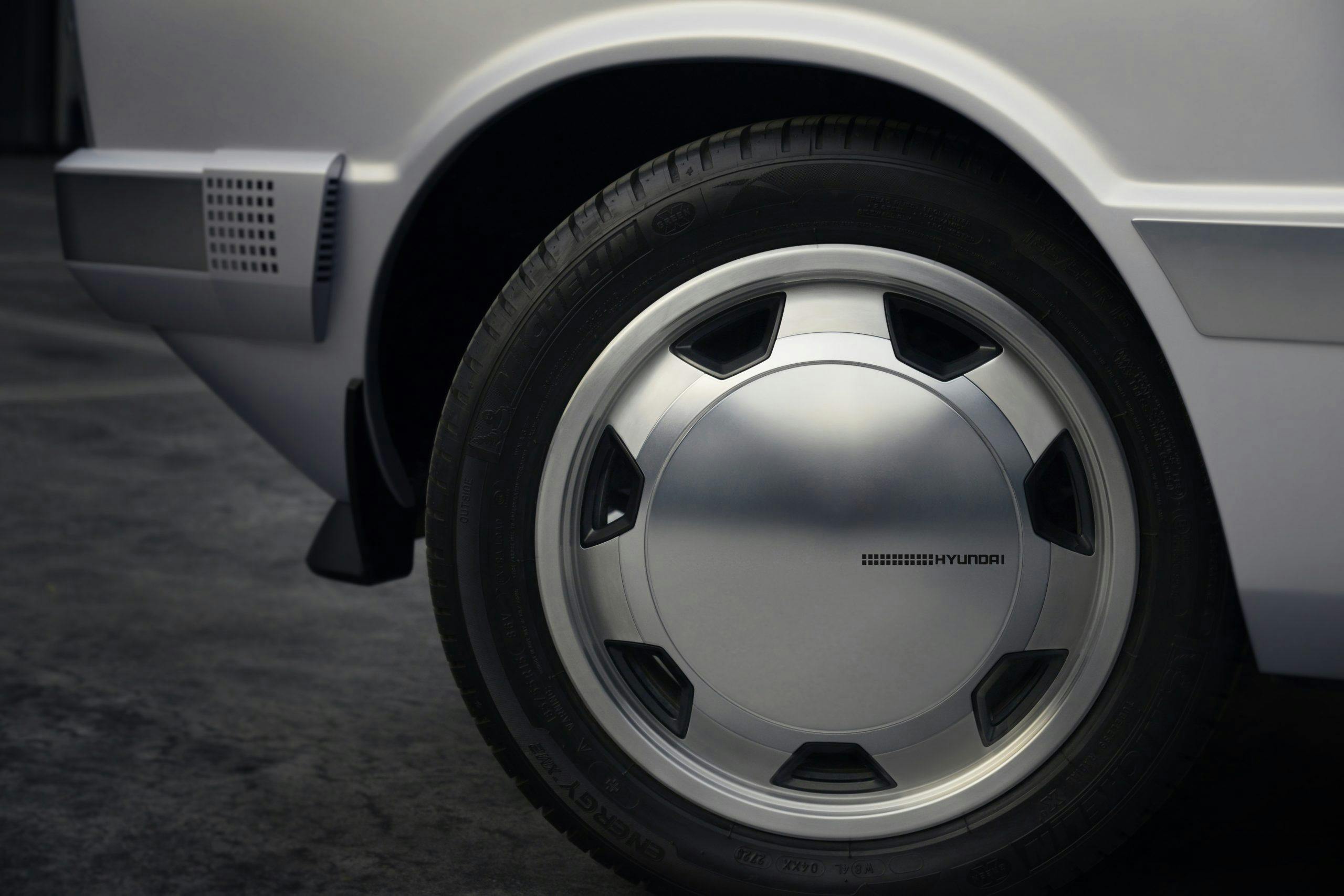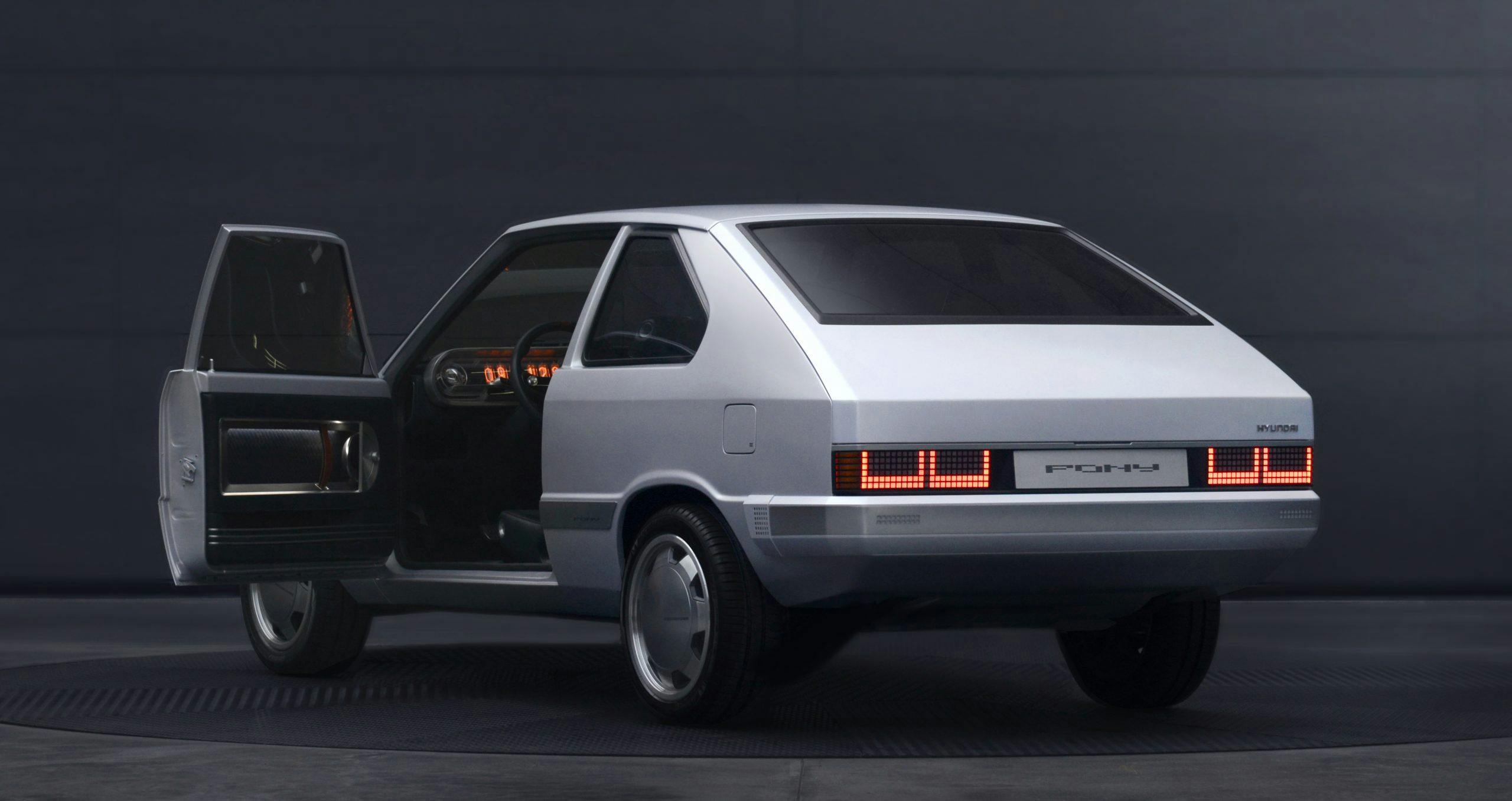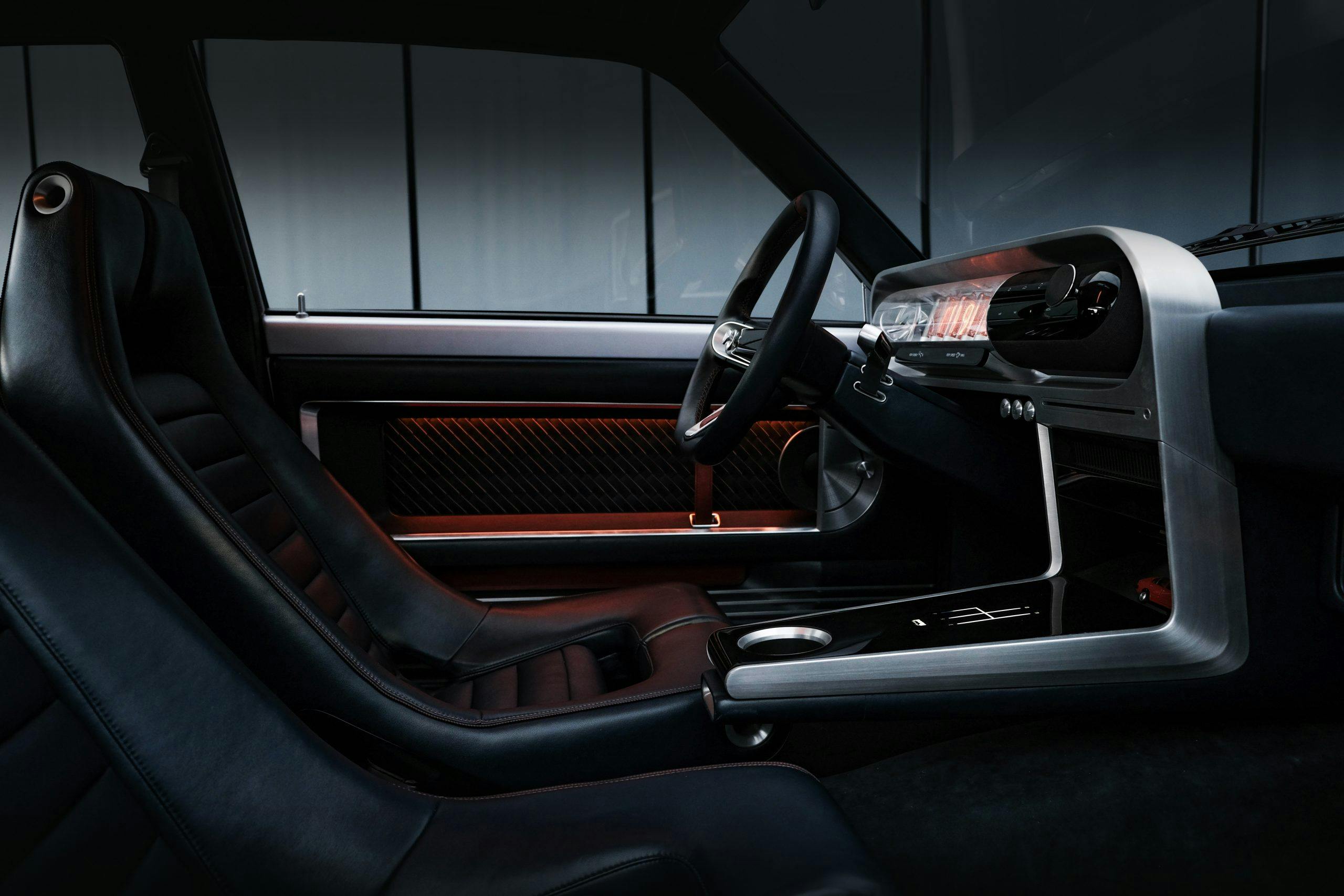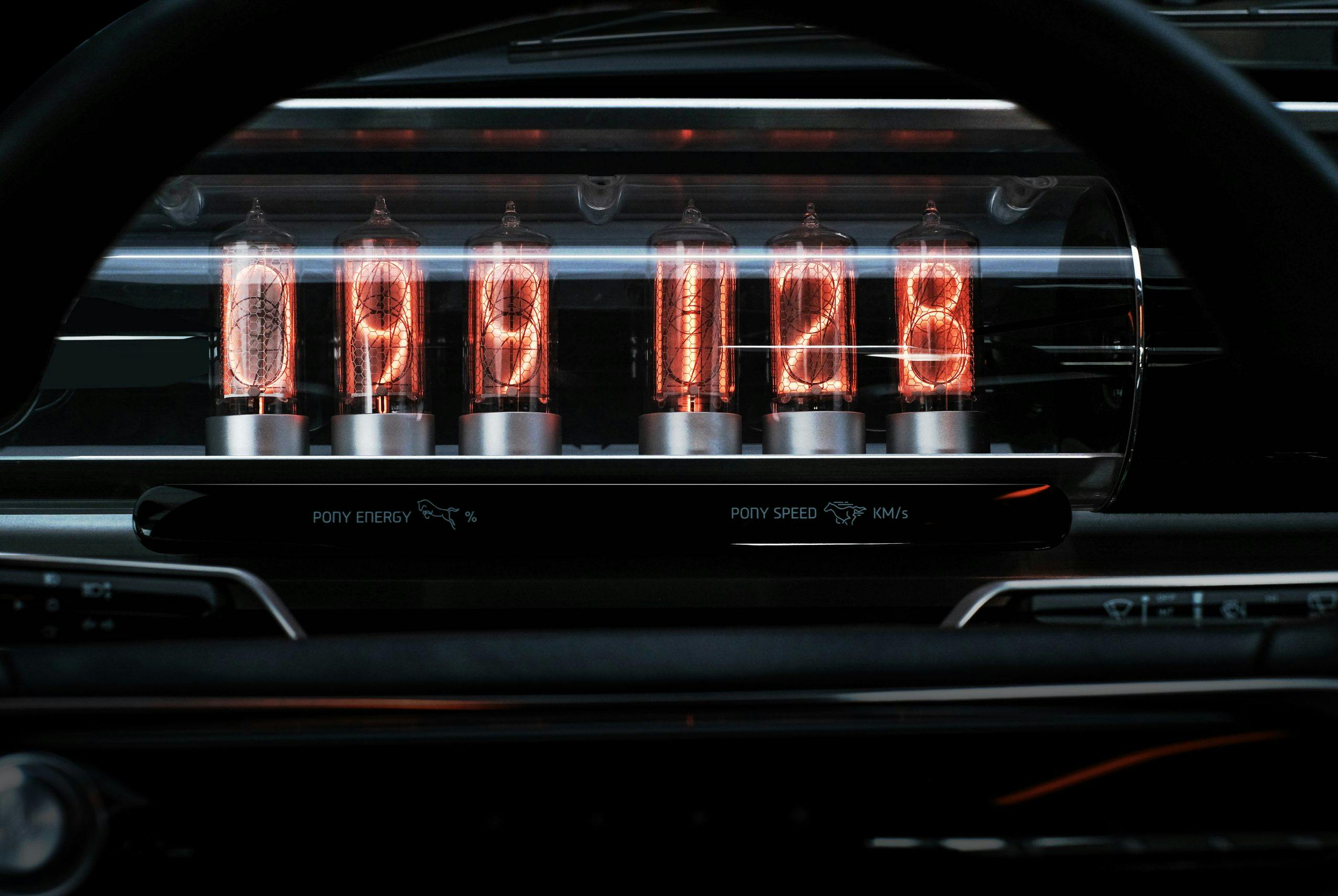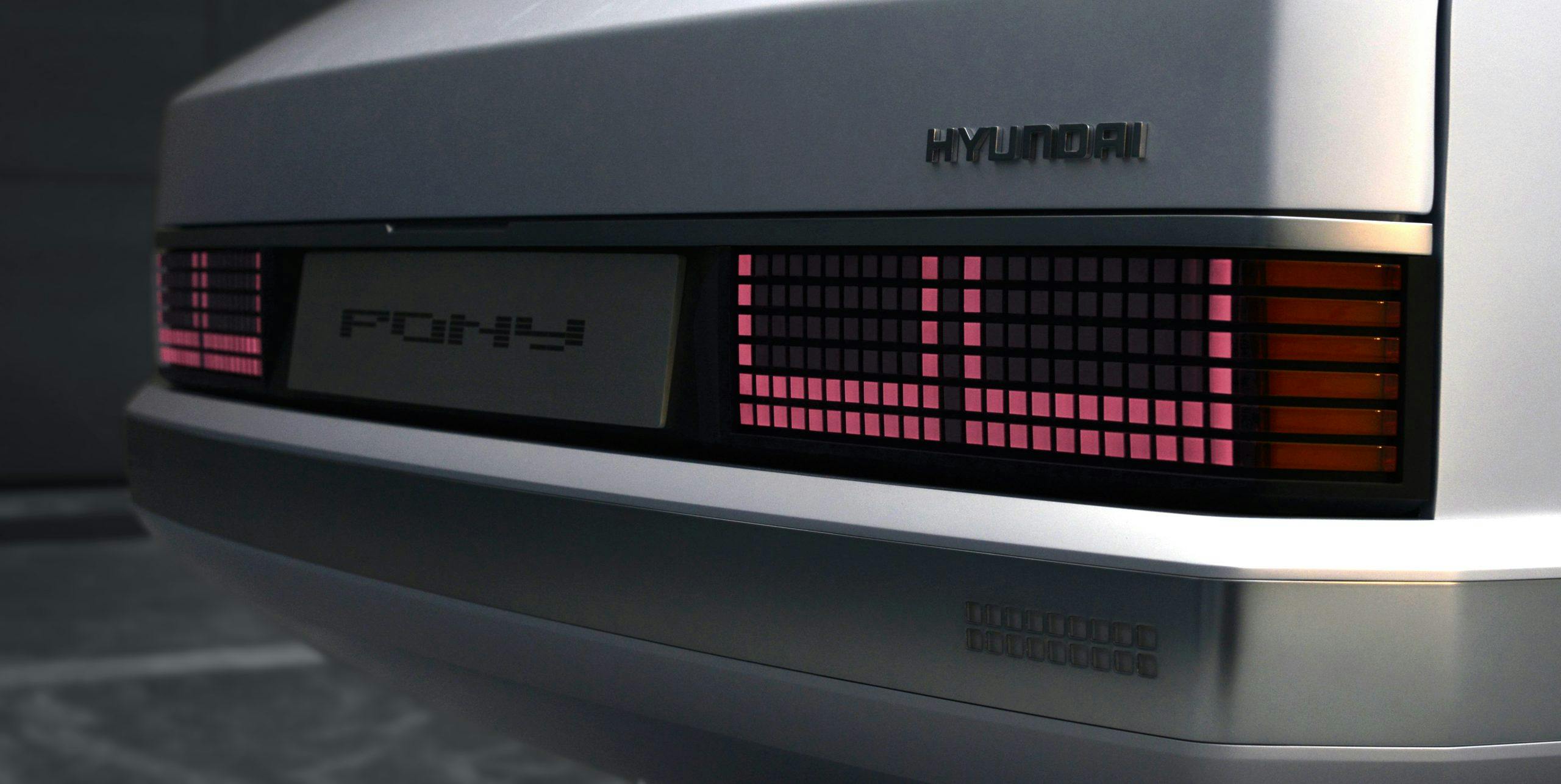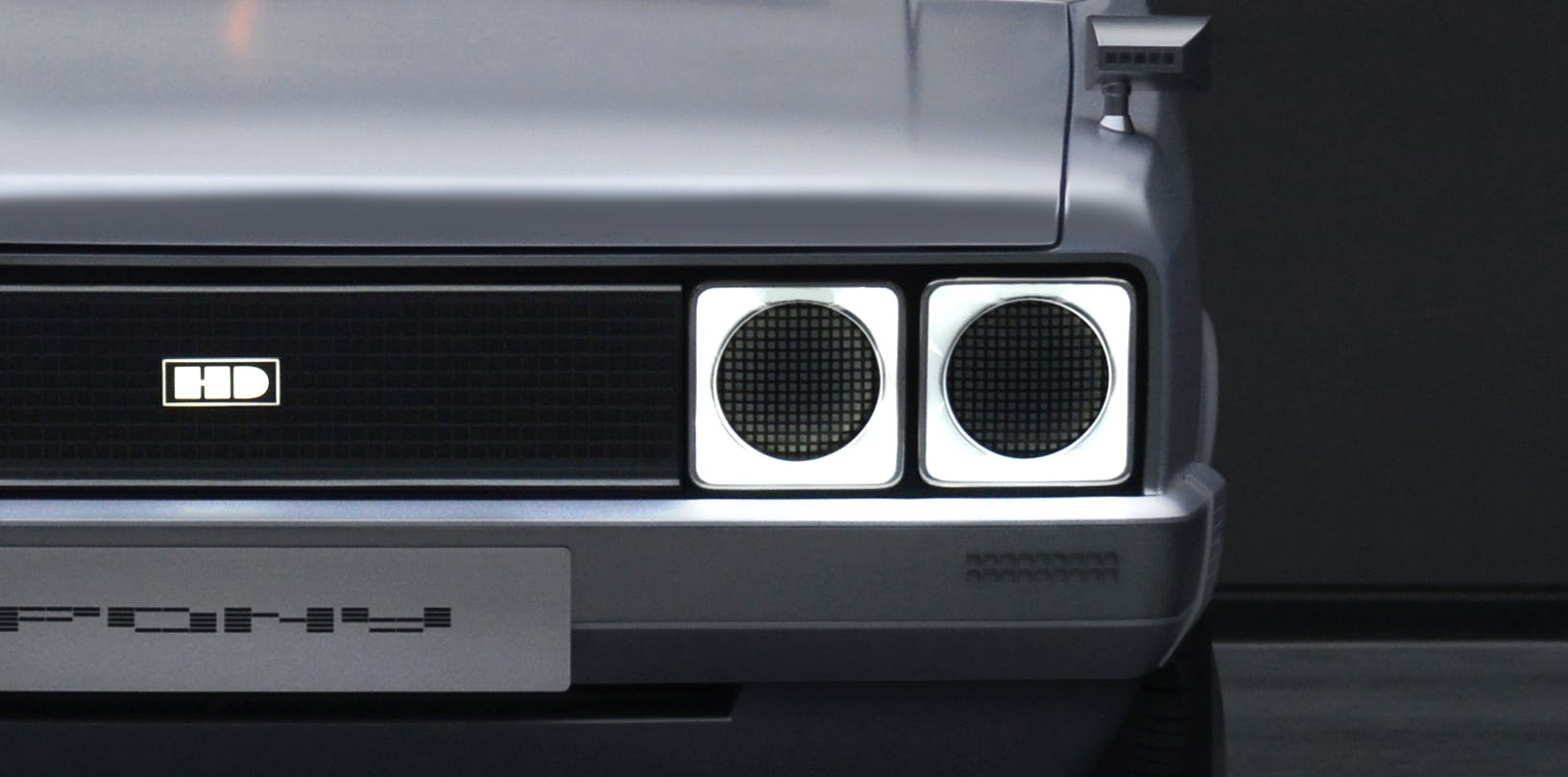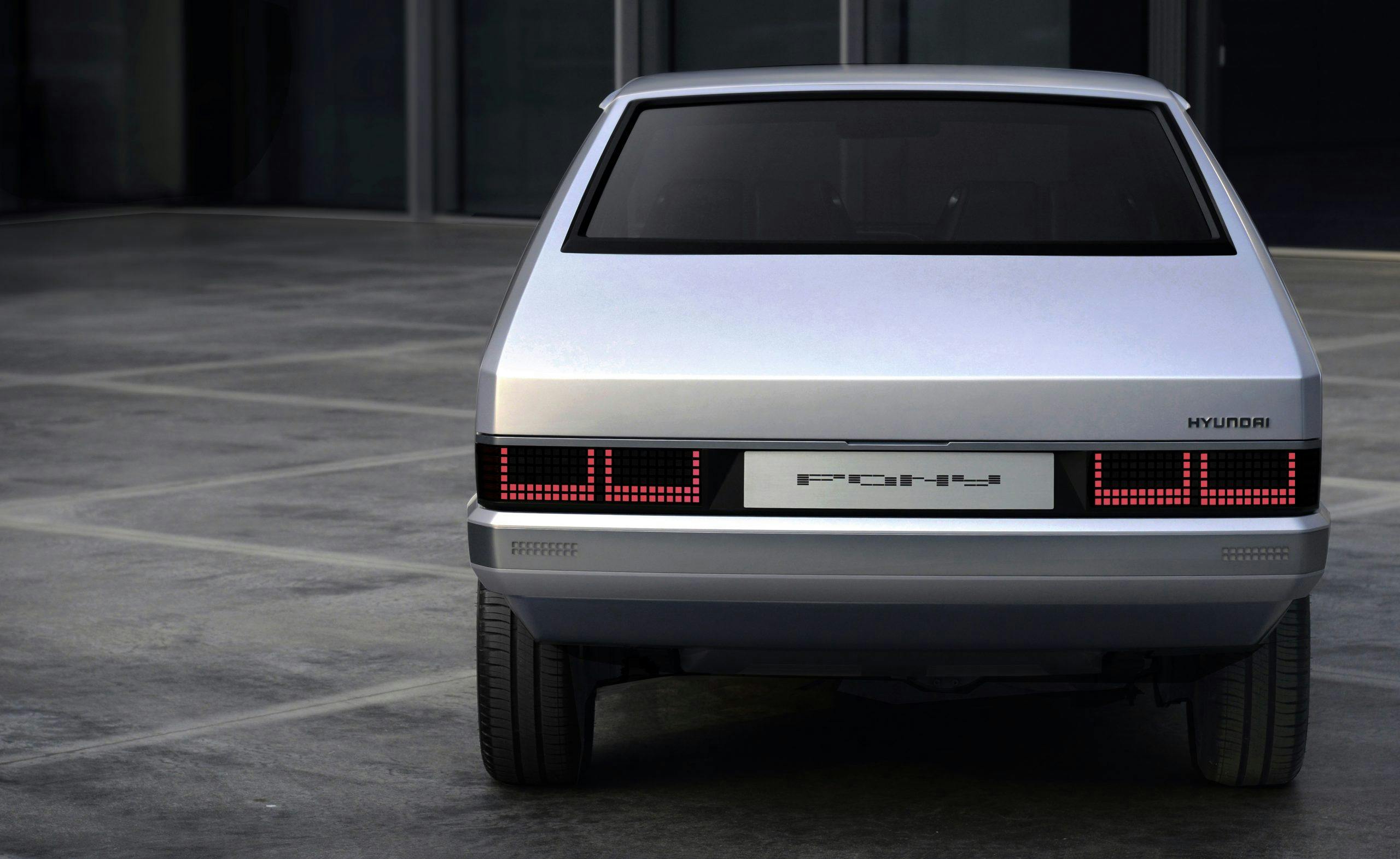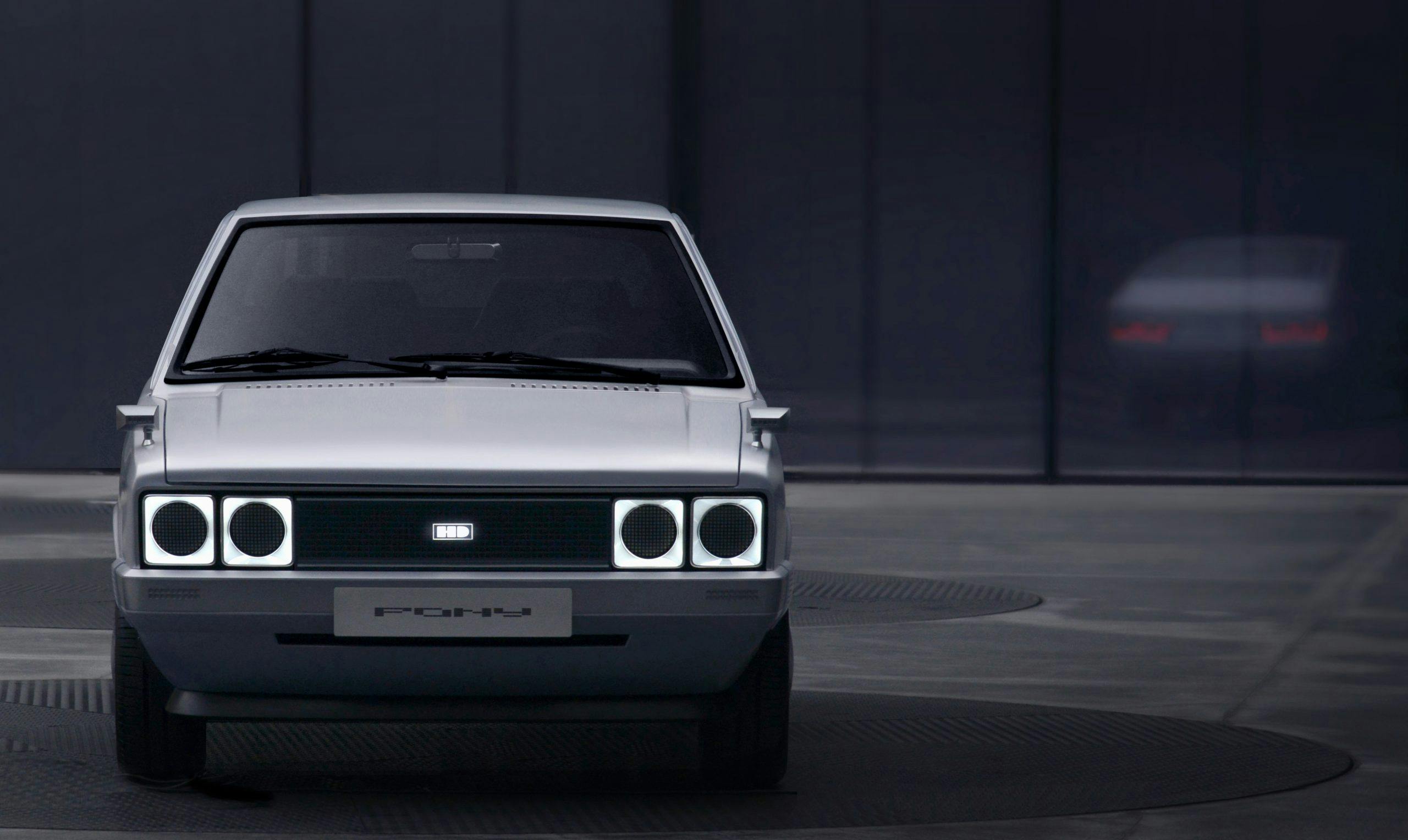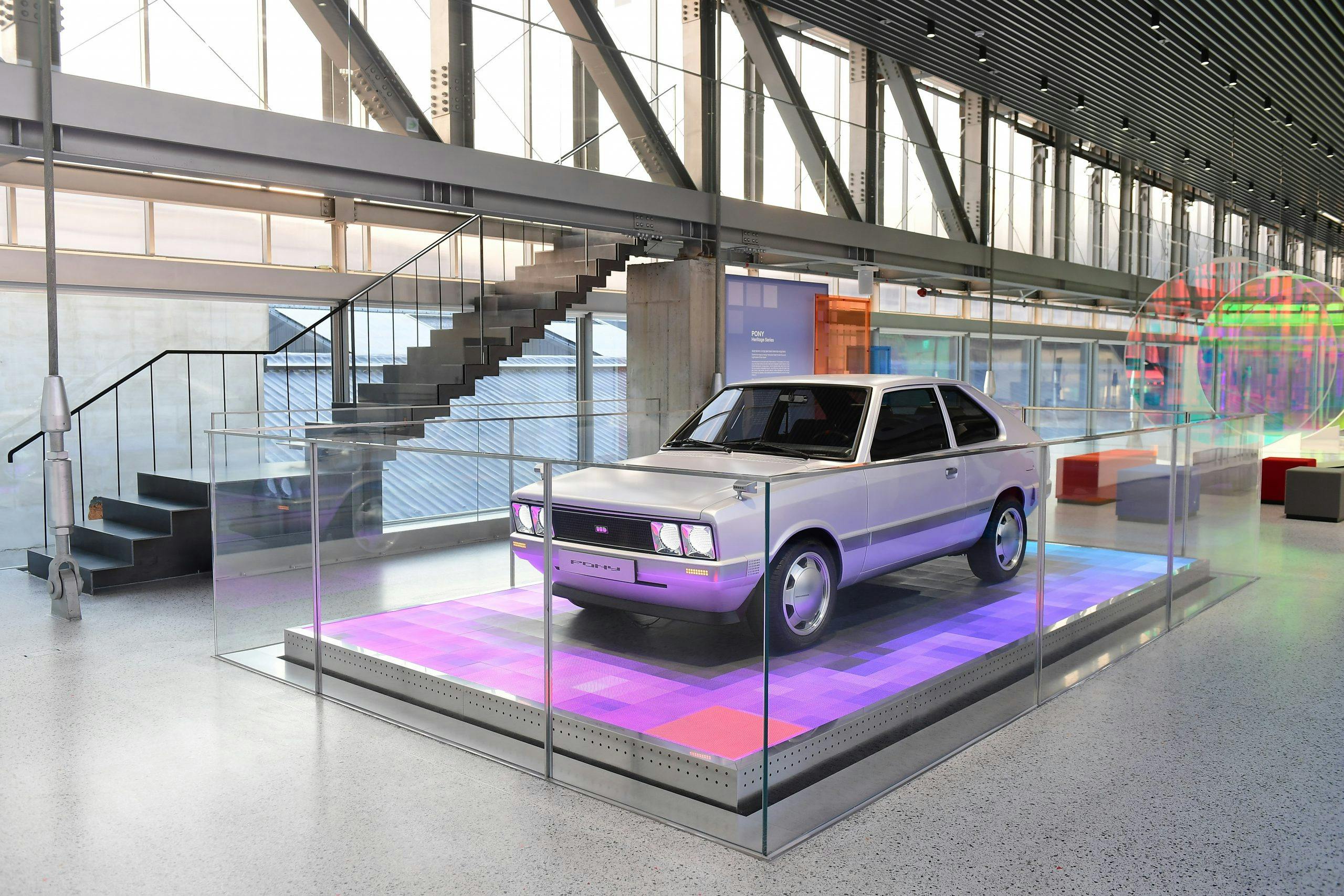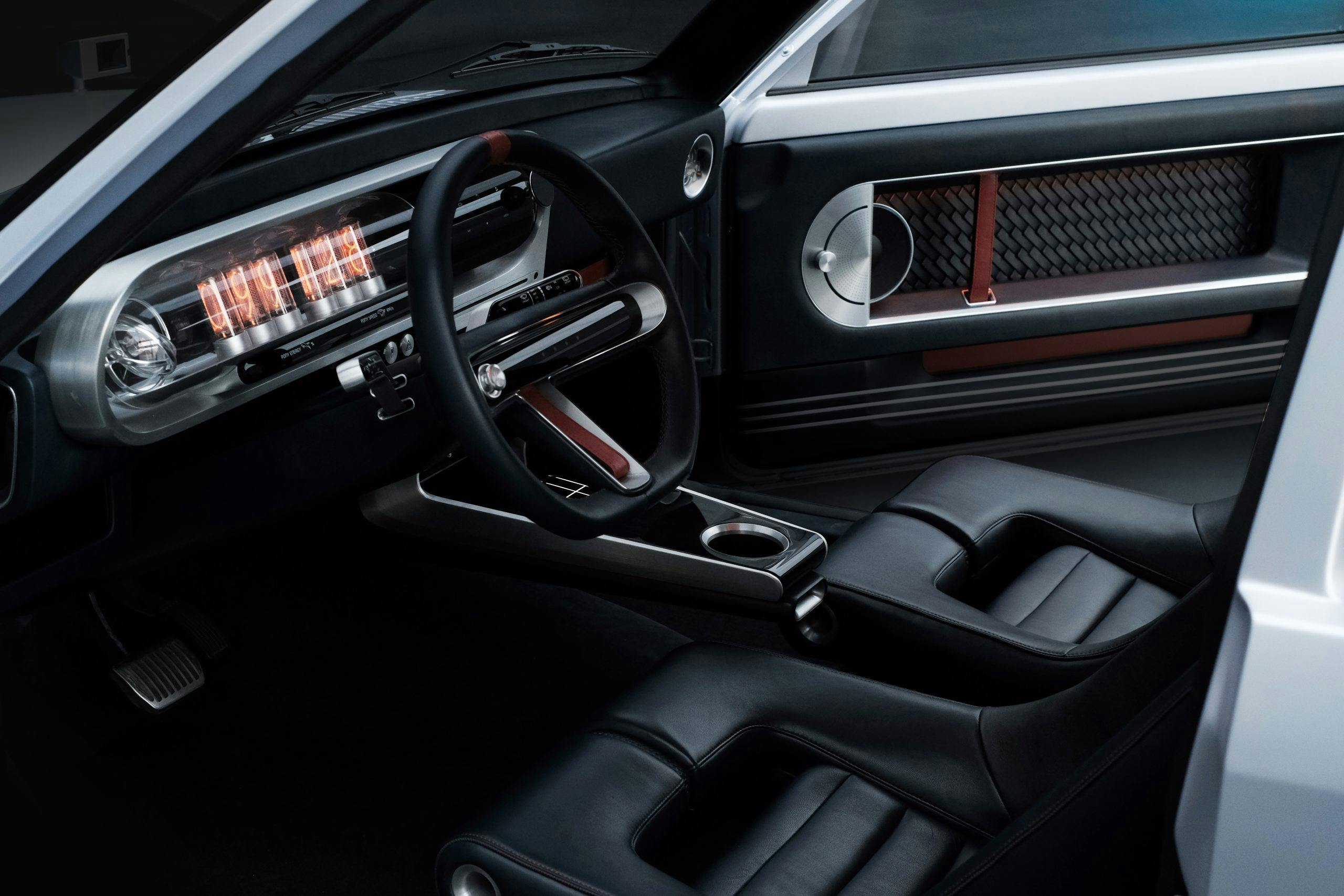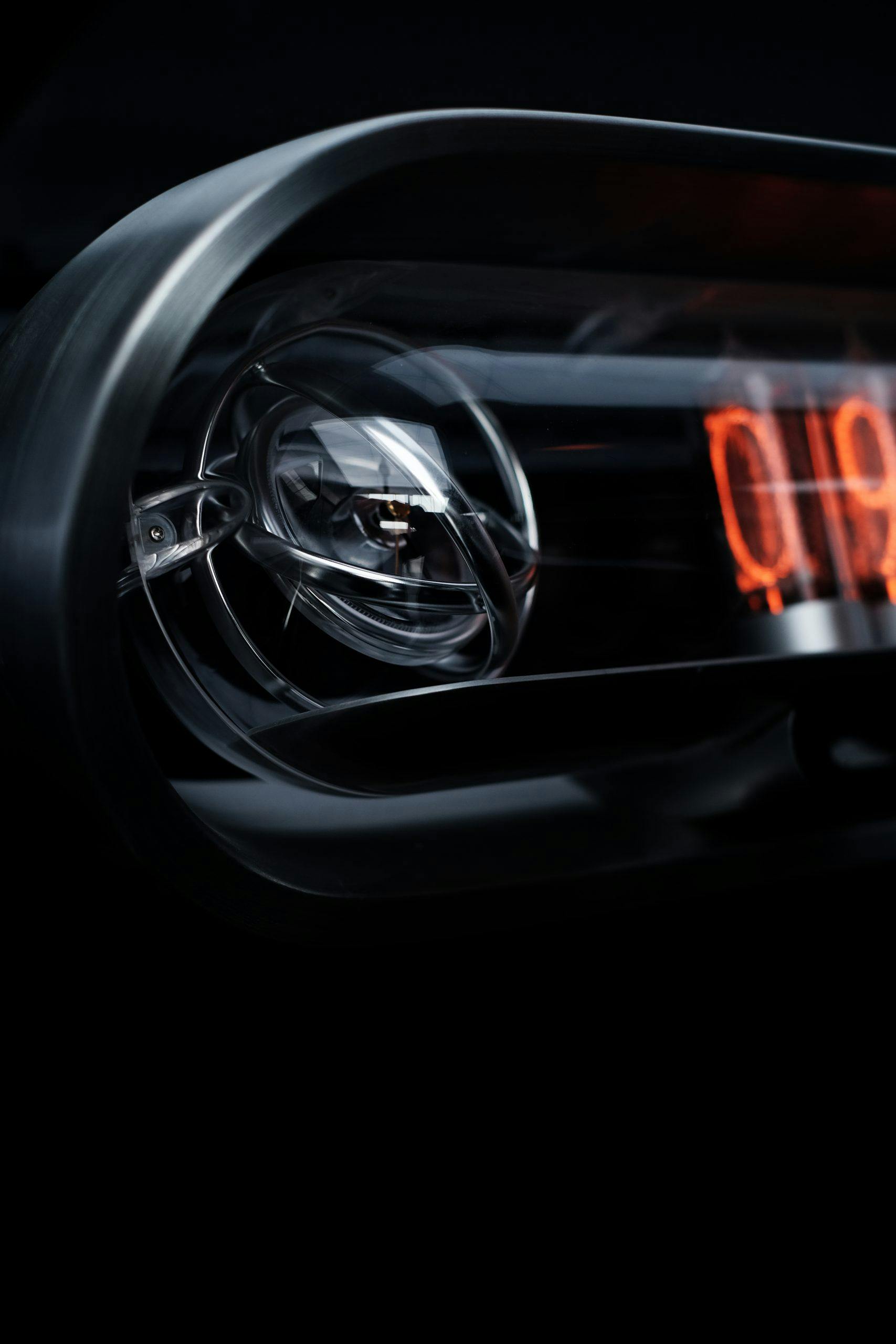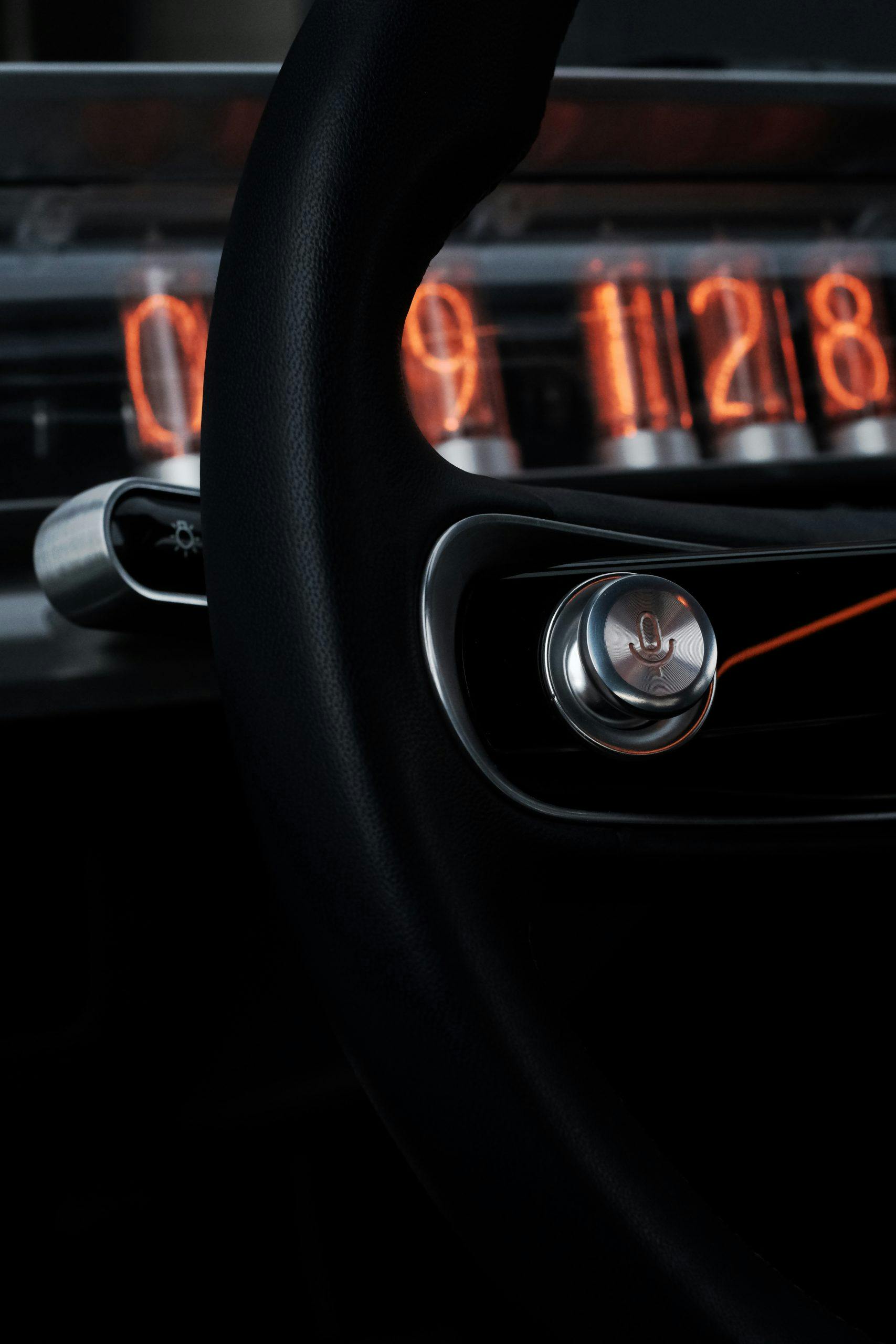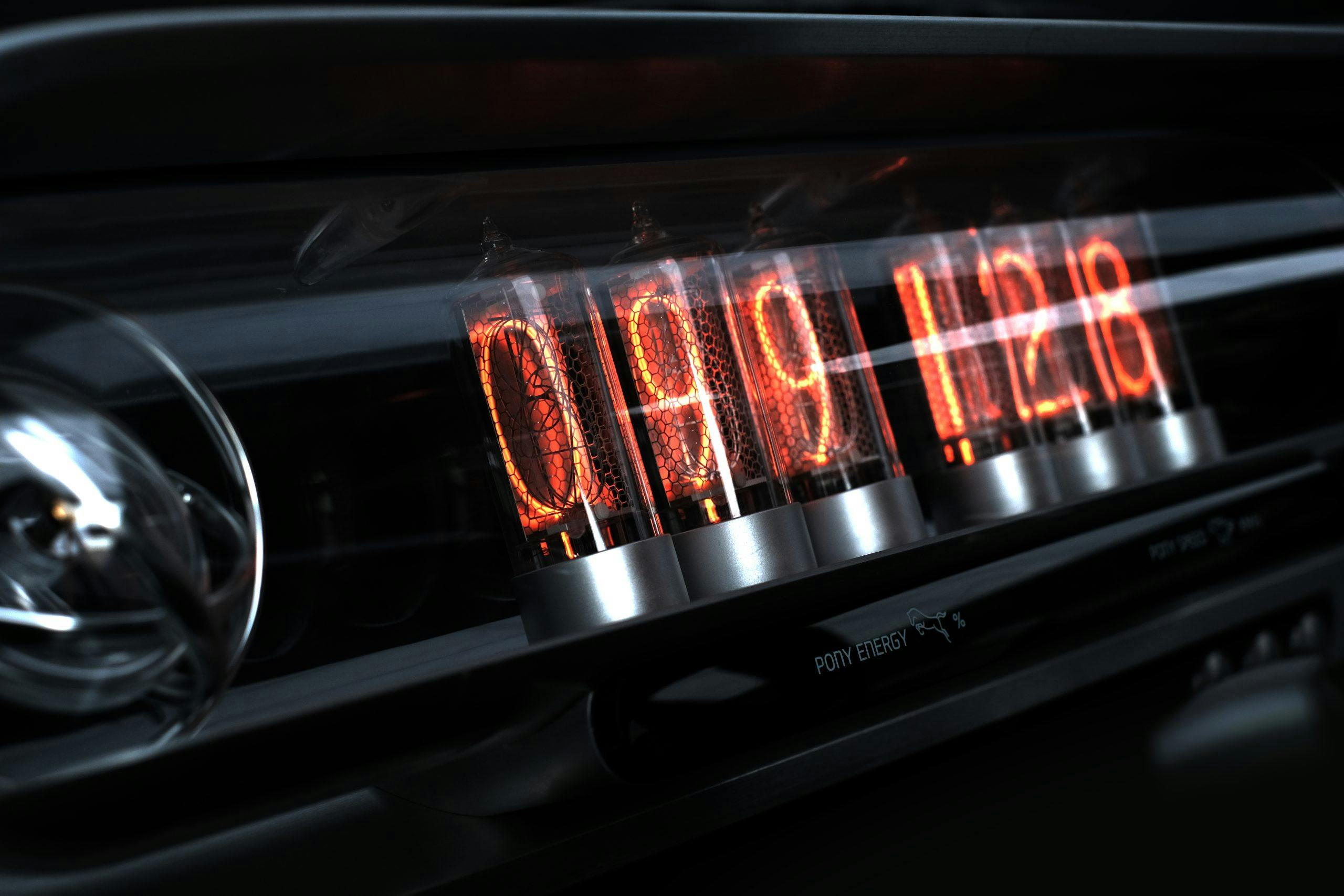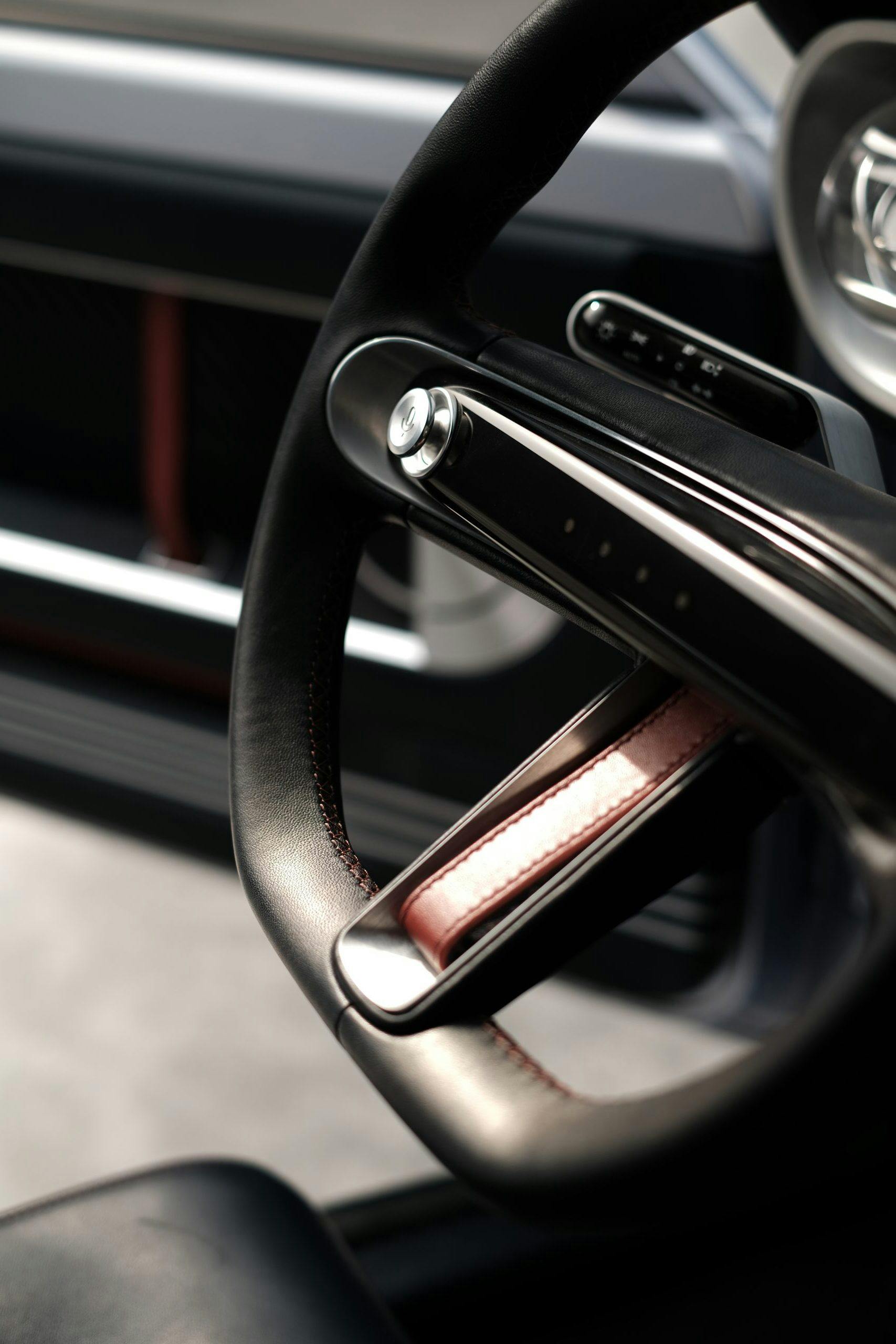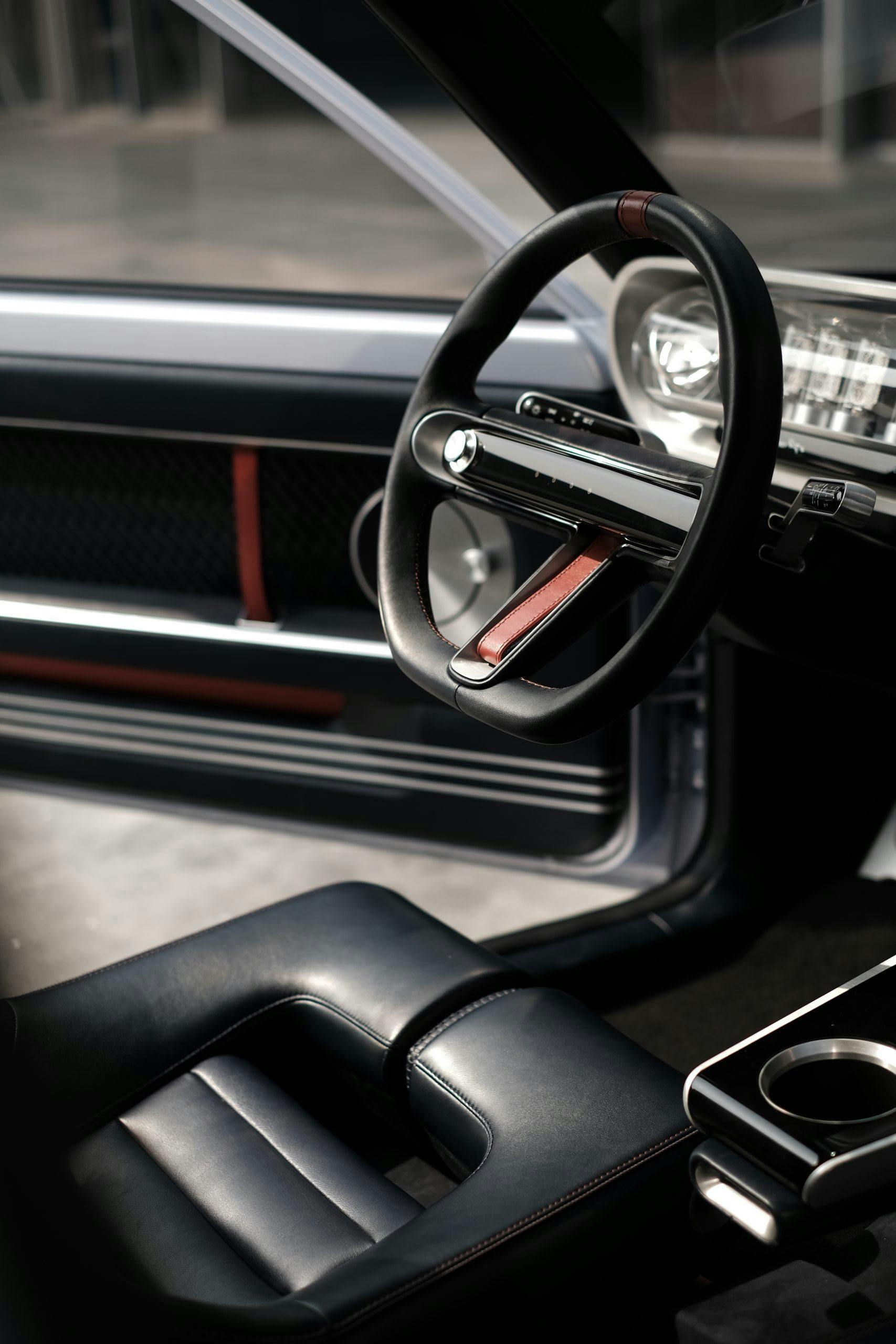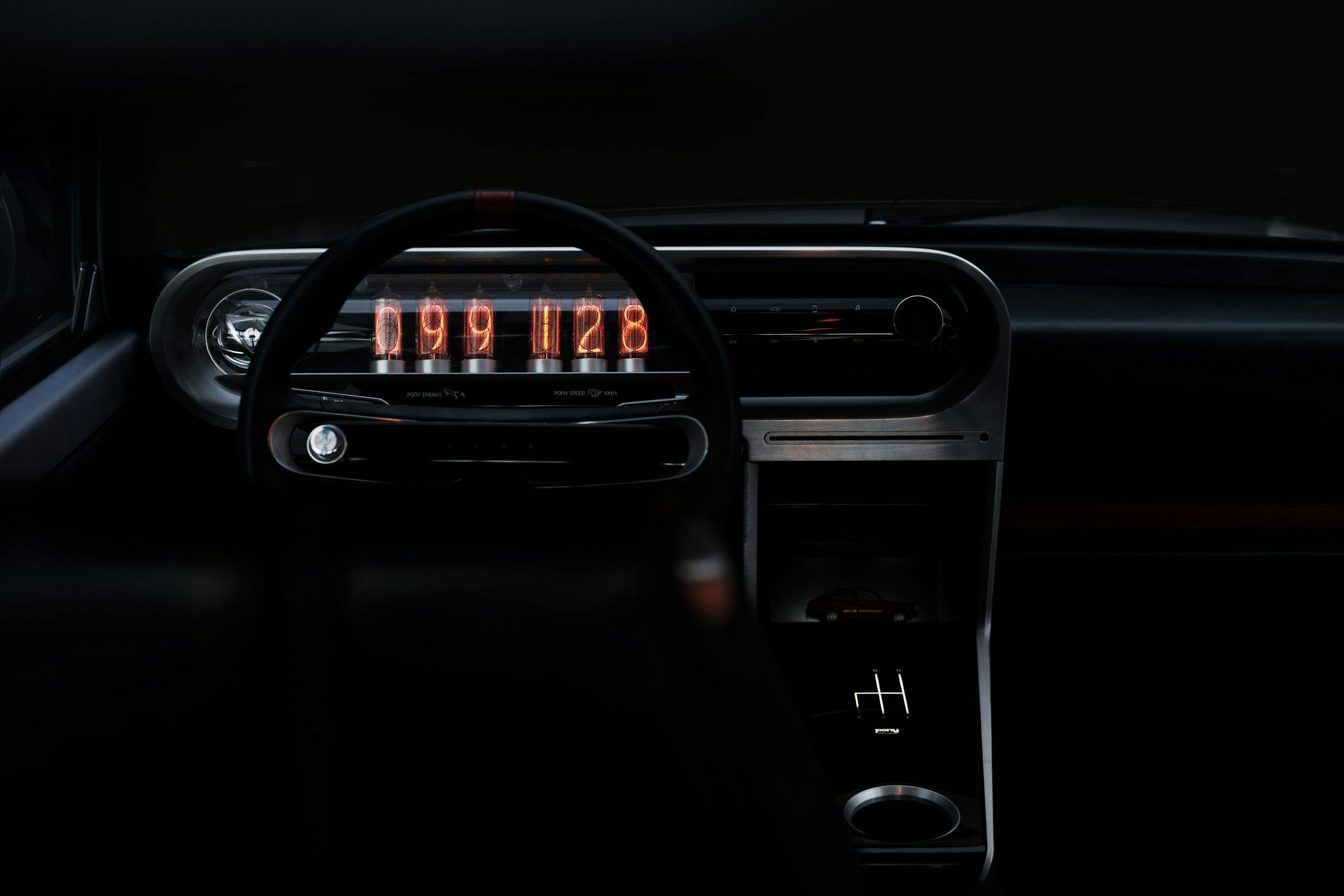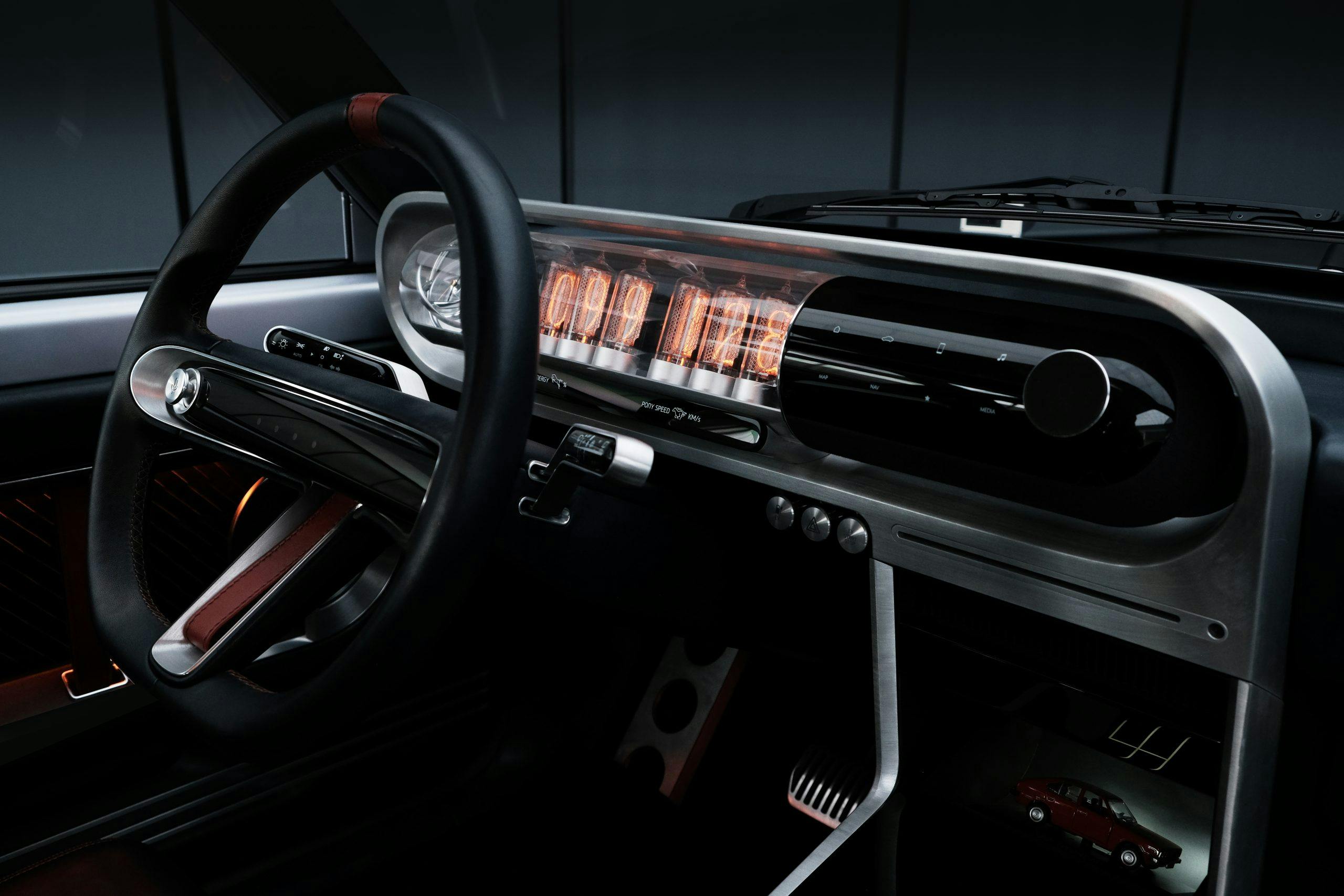Hyundai built the modern-day Pony we didn’t even know we wanted
While American manufacturers promise EV pickups with vague, distant deadlines, their counterparts in Korea and Japan are getting decidedly more creative with their time—and their electrons.
To jazz up its new customer center in Busan, South Korea, with a one-of-a-kind display piece, Hyundai tasked Hak Soo Ha, the head of interior design, to merge past and future in an unexpected one-off. Hak Soo Ha and his team, rather than building an all-new concept car, reached into the past, choosing an obscure—to Americans—compact car from 1975 and giving the vintage Hyundai a tasteful, modern makeover. Perhaps Hyundai underestimated exactly how cool this restomod effort was, because the first photos surfaced on one of its designers’ Instagram accounts.
The Hyundai Pony was the brand’s second car, after the Ford-developed Cortina, and its first in-house effort. Following its debut at the 1974 Turin auto show, and subsequent launch in South Korea, Hyundai exported the Giugiaro-penned, 165-inch-long runabout to Ecuador and then to Europe—but U.S. emissions regulations barred the Pony from being offered in the states. Canada, however, was a different story. The Great White North, when it received a second-gen version of the car in the mid-’80s, loved the Pony.
Cheap, unpretentious, and handsome, the little Hyundai sold shockingly well in Canada: 25,123 models in 1984 compared to Hyundai’s projected 5000. A legal kerfuffle ensued, however, when Ford and GM accused Hyundai three years later of “dumping” cars on the market; Hyundai won the case, but sales dropped and didn’t recover.
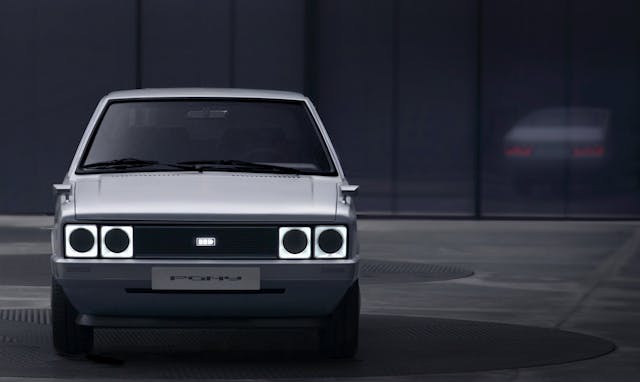
Fast forward to 2021. Hak Soo Ha saw an opportunity to marry the brand’s heritage with its current aspirations. One lucky 1975 Pony received a thorough restoration—and an entirely new driveline. Out went the Mitsubishi inline-four, and in went a battery-electric setup. (We’ve reached out to Hyundai for additional powertrain specifics, but haven’t heard back as of this writing.)

The dash, thanks to a total rehaul, lost its ’70s econobox vibes, gaining a dose of 21st century tech while retaining the minimalist, retro lines of the original. (Hak Soo Ha and his team even added six nixie tubes in the instrument panel: The three on the left display power, as a percentage, and the right three Pony Speed, in km/h. The door panels gain oblong, woven-leather inserts surrounded by warm LED lighting and integrated with circular speakers with sleek stainless-steel covers. The leather-covered, metal-accented steering wheel features the same tan accents as the door panels: The play of matte vs. high-shine vs. brushed metal finishes in the cabin is really elegant.
The same new-nestled-in-old trend shows on the exterior: The fender-mounted “mirrors” house cameras, not passive reflectors.
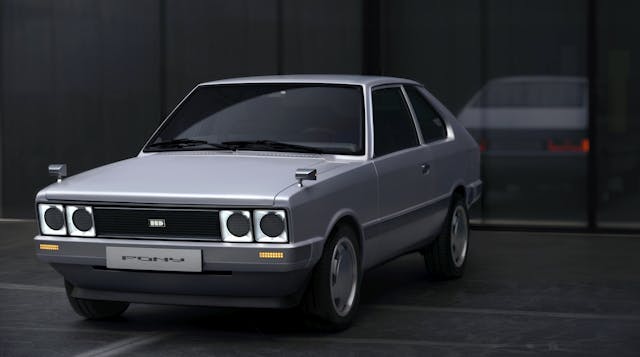
The headlights and taillights riff on retro, pixelated graphics with LED backlighting: Check out the Instagram video below to see their “animated” light-up sequence.
View this post on Instagram
Hyundai’s officially calling the build a “reinterpretation,” which feels accurate to us. This isn’t a retro-inspired, ground-up build, nor is it a straight restoration of a vintage concept, like the 1981 Mazda MX-81. Hats off to Hyundai for balancing creativity with historical sensitivity. If only its chrome-mouthed SUVs could learn from the Pony’s streamlined, understated aesthetic.
